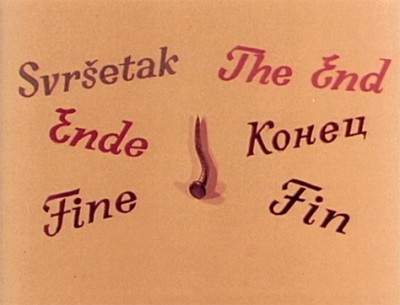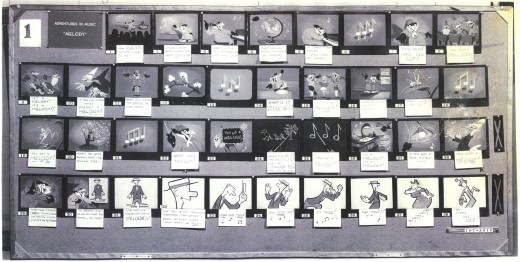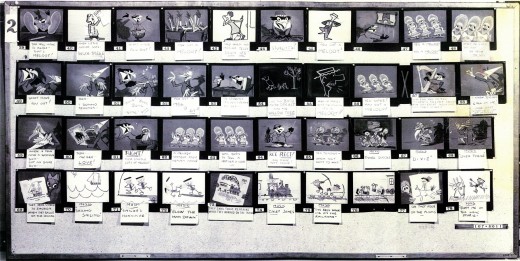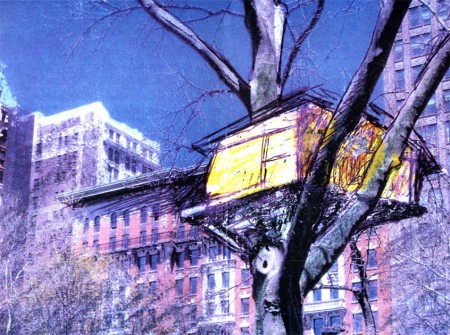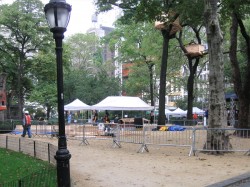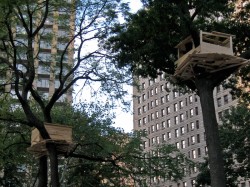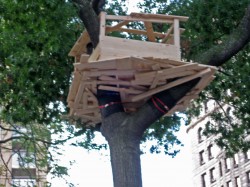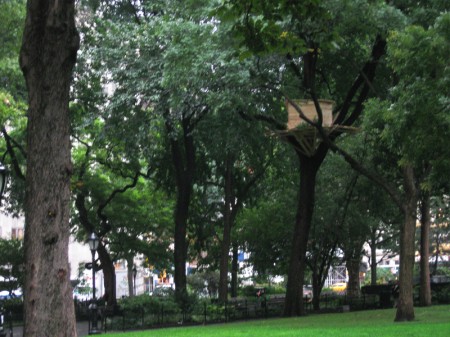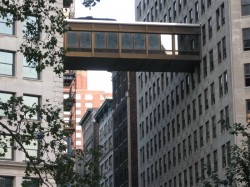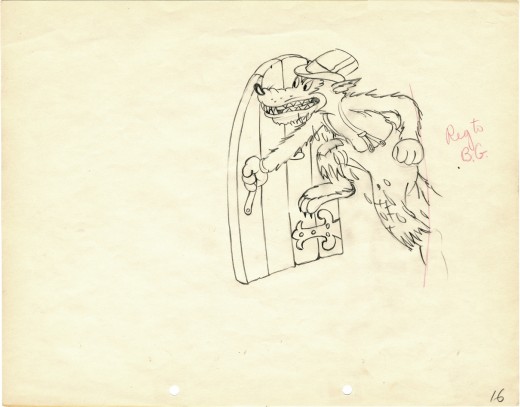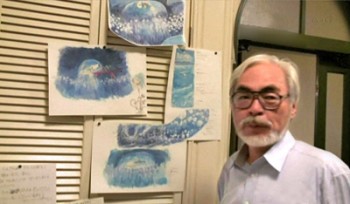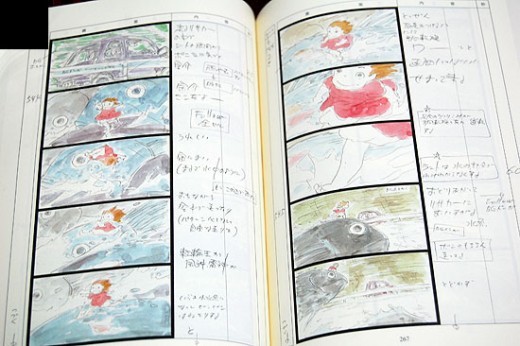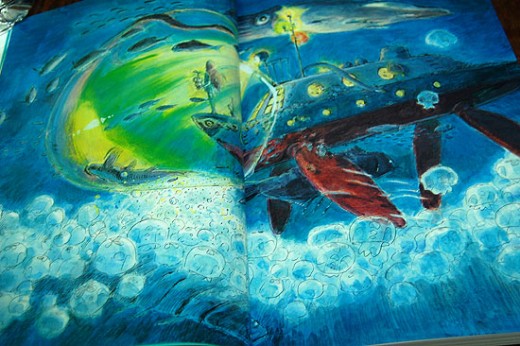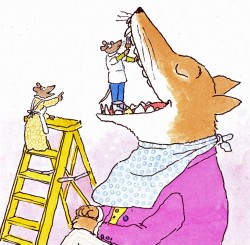Art Art &Photos 05 Oct 2008 08:21 am
Sunday photo – Treehouse followup
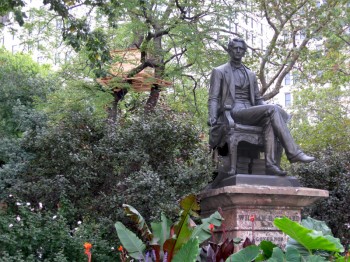 - Last week, I wrote about the start of an art installation in Madison Square Park of some “Treehuts” (though I think of them as “Treehouses.” (See post here.)
- Last week, I wrote about the start of an art installation in Madison Square Park of some “Treehuts” (though I think of them as “Treehouses.” (See post here.)
The artist is Tadashi Kawamata, and you can see a blog about this work here.
At first, when you enter the park from the main entrance, you don’t notice them, but you’re soon caught up looking into all the trees to see if there’s a construction there. The natural wood makes me wonder what’s going to happend to these “huts” after the weather’s been at them for a while.
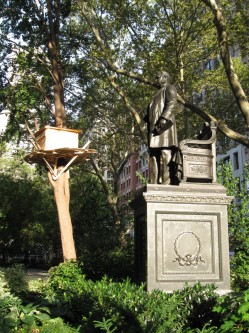
The rear entrance to the park on Madison Ave. & 26th Street leads you to this treehouse just behind the statue of Chester K. Arthur. It was a surprise to see it since this wasn’t here last Monday.
You’ll see a closer shot of this treehouse, from another angle, pictured below.
The path, immediately to the left of Chester K. Arthur, leads right to this treehouse. There seems to be a bit more dignity to the structures on this side of the park since there are relatively few of them.
The main entrance (pictured at the top of this post – with a treehouse barely visible over Hans Christian Andersen’s shoulder on the left of the photo) leads to a large number of them, and it gets to be a bit much.
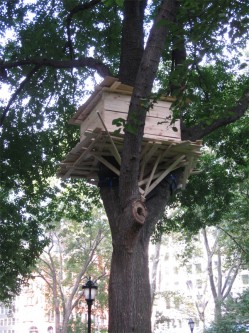

I tried to get more than one shot of some of these treehouses so that you can see what their environment is like and then get a closer look at how they’ve been built.
When the workers were constructing they had lots of lumber and seemed to have cut it and constructed these things from the ground up (literally, I guess.)


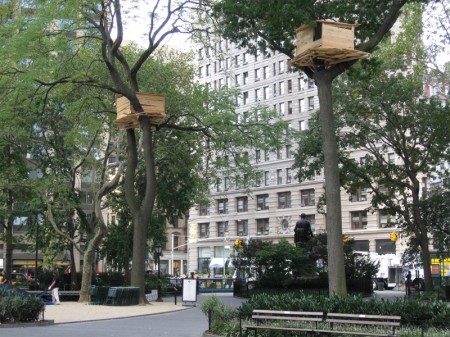
This is looking out on the main entrance (23rd Street & B’way) of the park.
Lots of other people have photographed these “Treehuts.” (I guess they’re popular.) Check out some of these Flickr pieces.
Tadashi Kawamata, the artist, has a number of other installations you can check out on the internet. This one is impressive. As is this one in Versailles.






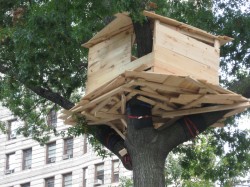

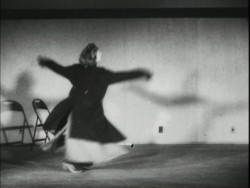


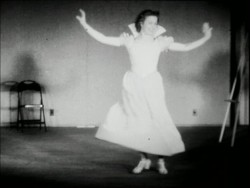
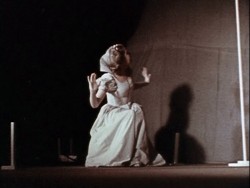
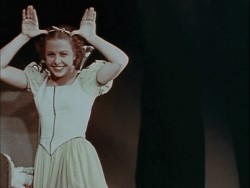
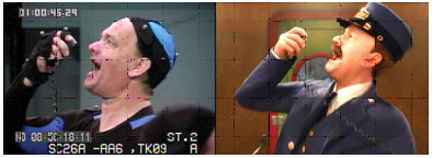
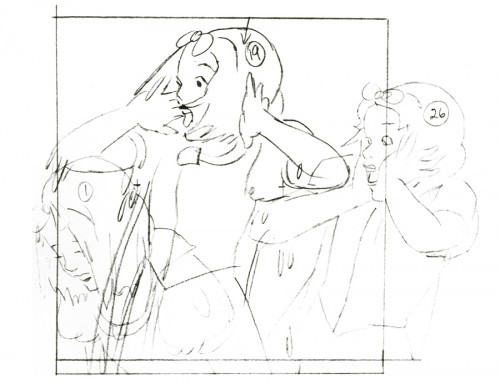
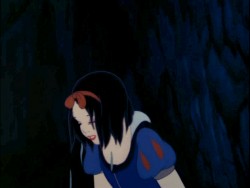
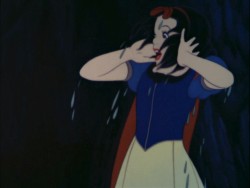
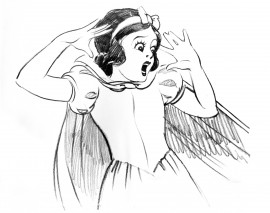
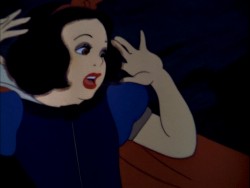

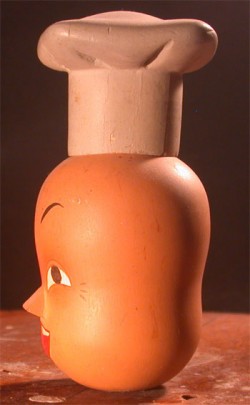

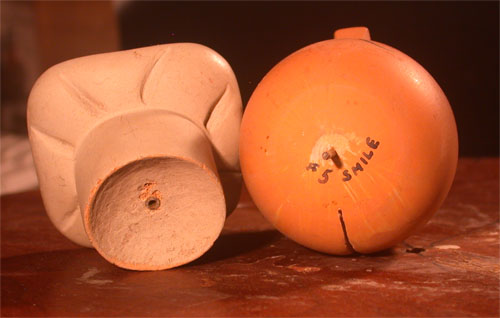
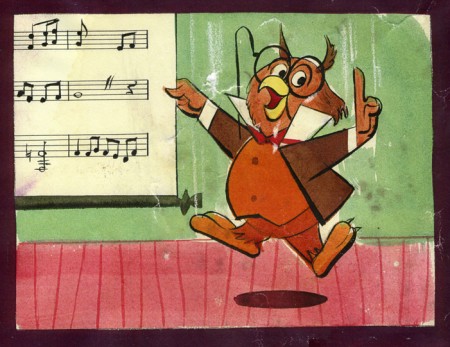
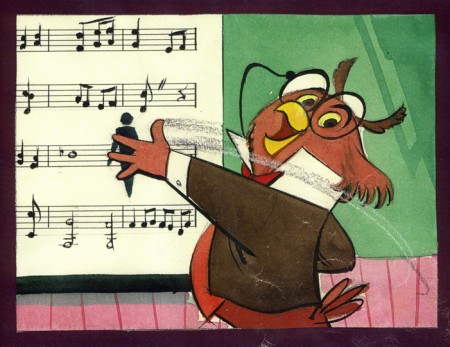

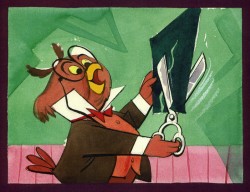
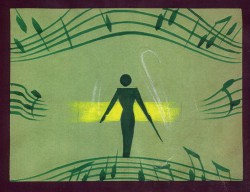
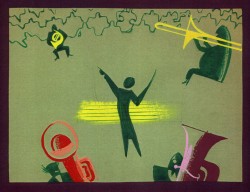
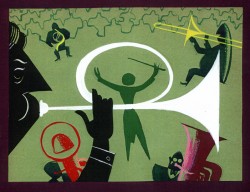
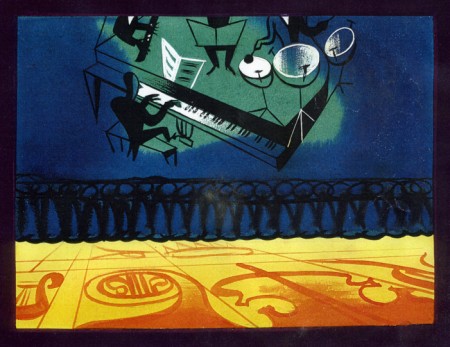
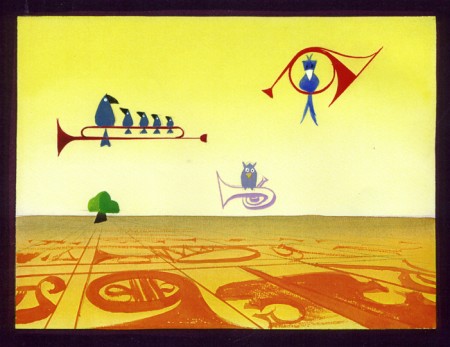
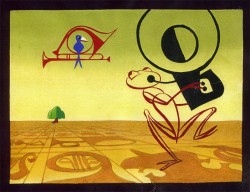
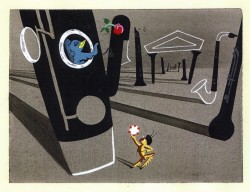
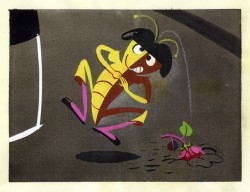
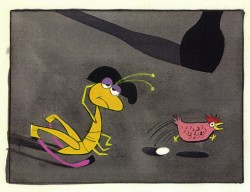
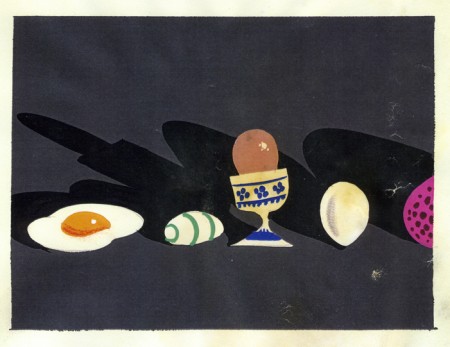
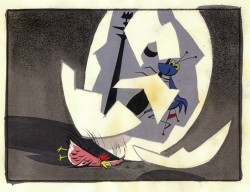
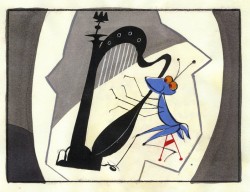
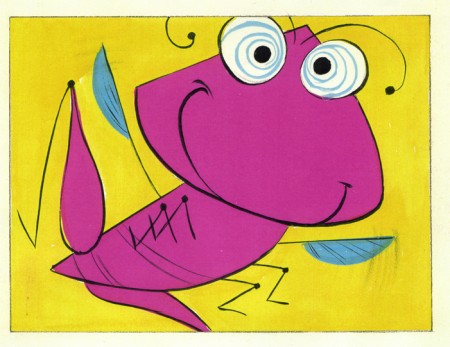
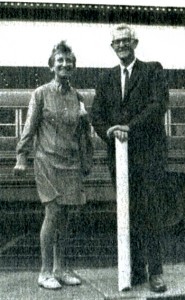
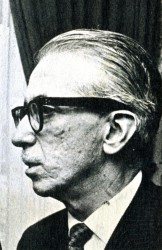
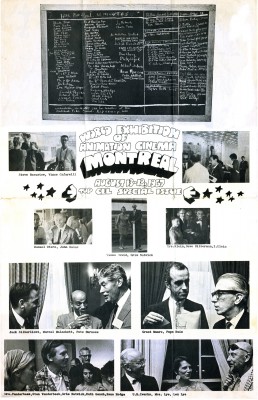
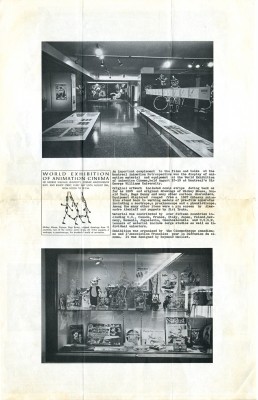
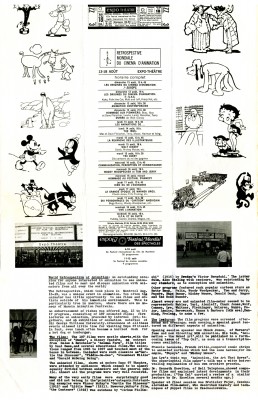
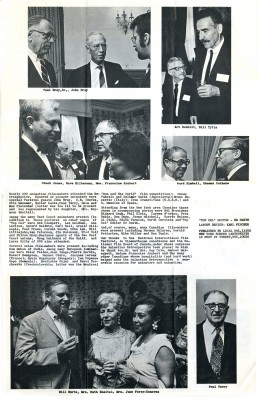
 - When a 35mm print of The Four Poster entered Yugoslavia, it got lost for two weeks. A group of young animators hijacked the print to study the John Hubley directed animation sequences, done at UPA. Suddenly, these young animators found their calling and watched the film to drain every drop of it. The end result was a new animation studio, Zagreb, which put style and content above animation and gave a new life to modern graphics in animation.
- When a 35mm print of The Four Poster entered Yugoslavia, it got lost for two weeks. A group of young animators hijacked the print to study the John Hubley directed animation sequences, done at UPA. Suddenly, these young animators found their calling and watched the film to drain every drop of it. The end result was a new animation studio, Zagreb, which put style and content above animation and gave a new life to modern graphics in animation. 






























